Discover Frankfurt’s Most Up-And-Coming Neighbourhood: Frankfurt Bahnhofsviertel
From once shady backstreets to a contemporary hotspot with cool restaurants and bars, Frankfurts Bahnhofsviertel has reinvented itself. No other neighbourhood is so diverse, exciting and contradictory.
Frankfurt polarises. Either you love it or loathe it. Its juxtaposition of tall office towers and small wooden cottages, distinguished art scene and graffitied walls, financial strongholds and junkie houses. In the Bahnhofsviertel (literally: train station quarter) the contradictions live side by side. No other area has as many facets of Frankfurt condensed into such a small space. Taking up less than one square kilometre, the trapezoidal area spans from the main train station to Taunusanlage station and from Mainzer Landstraße to the to bank of the river Main. About 4,000 people live there, barely more than a village. Yet almost the whole world feels at home in the city’s second smallest district – in fact, no other place in Germany is less provincial.
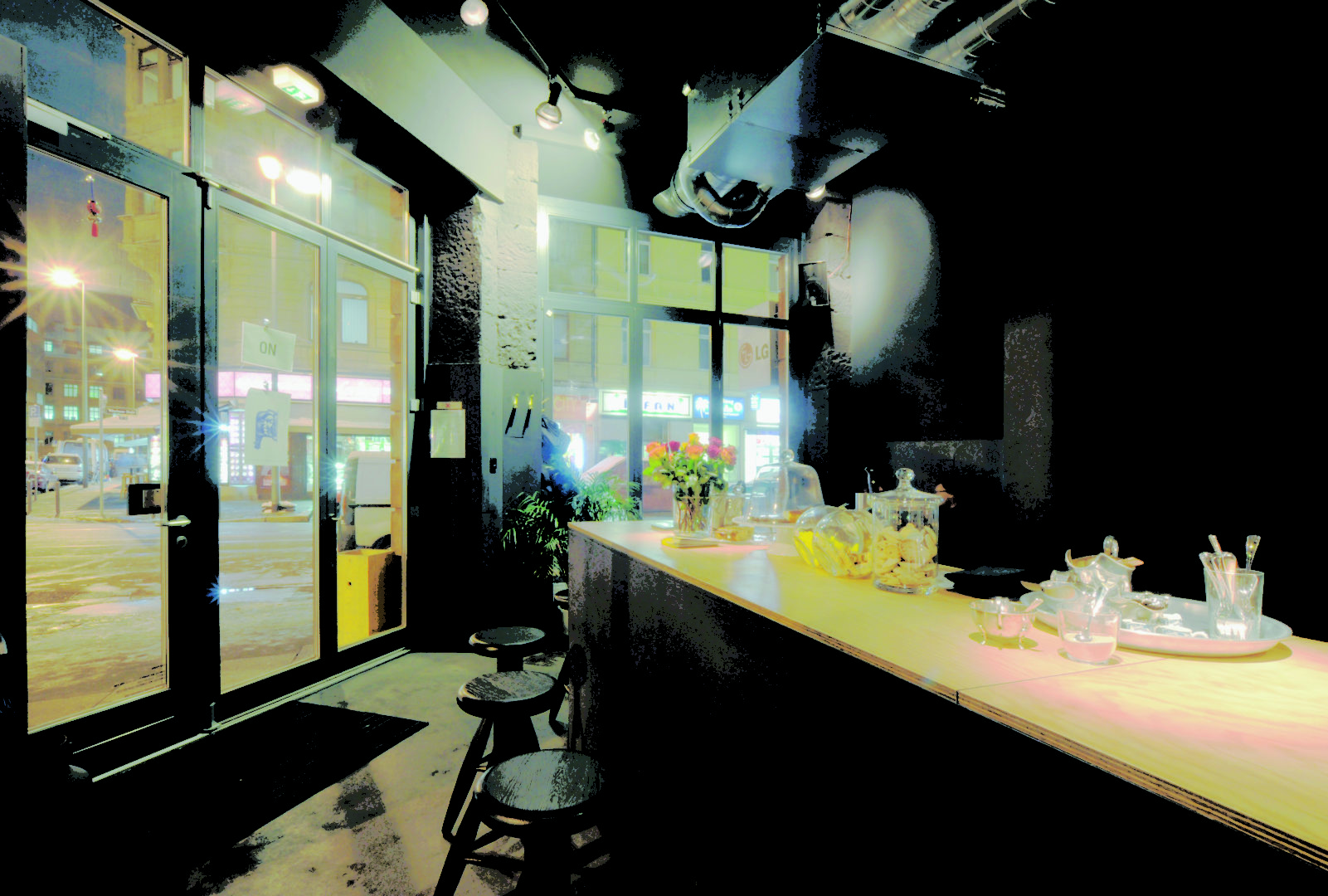
Frankfurt Bahnhofsviertel: Skin colours, life stories and cuisines
In the Bahnhofsviertel, skin colours, life stories and cuisines all mix together. ‘Well over a hundred nationalities come together here’, says James Ardinast, who has built up no less than four gastronomy concepts with his brother David. A different wind was blowing here in Ottostraße in 2006 as the brothers planted their first project, the IMA Kitchen, one of the first better-burger grills in the country. Back then it wasn’t boutique shops, takeaway kiosks and exotic products from all over the world that shaped the clichés and realities of the area; rather, for the most part it was drugs, sex work, and gambling.
It all started so mundanely. The district started to grow when the transport hub around Central Station was opened in 1888. At the beginning of the 20th century, wealth and progress spread through the emerging labyrinthine streets, with noble boulevards, elegant villas, and luxury shops.
The district’s descent began after the Second World War. The once sophisticated residential area became a red light district, which spellbound the US soldiers stationed in the city. The departing soldiers were succeeded by dealers, junkies and alcoholics.
But it was the vibrancy and open-mindedness of the area that ensured that it didn’t sink into dreariness and misery. Hedonists and art students, backyard mosques and smoky bars, born and bred Frankfurters and people from all over the world – there was room for everyone.
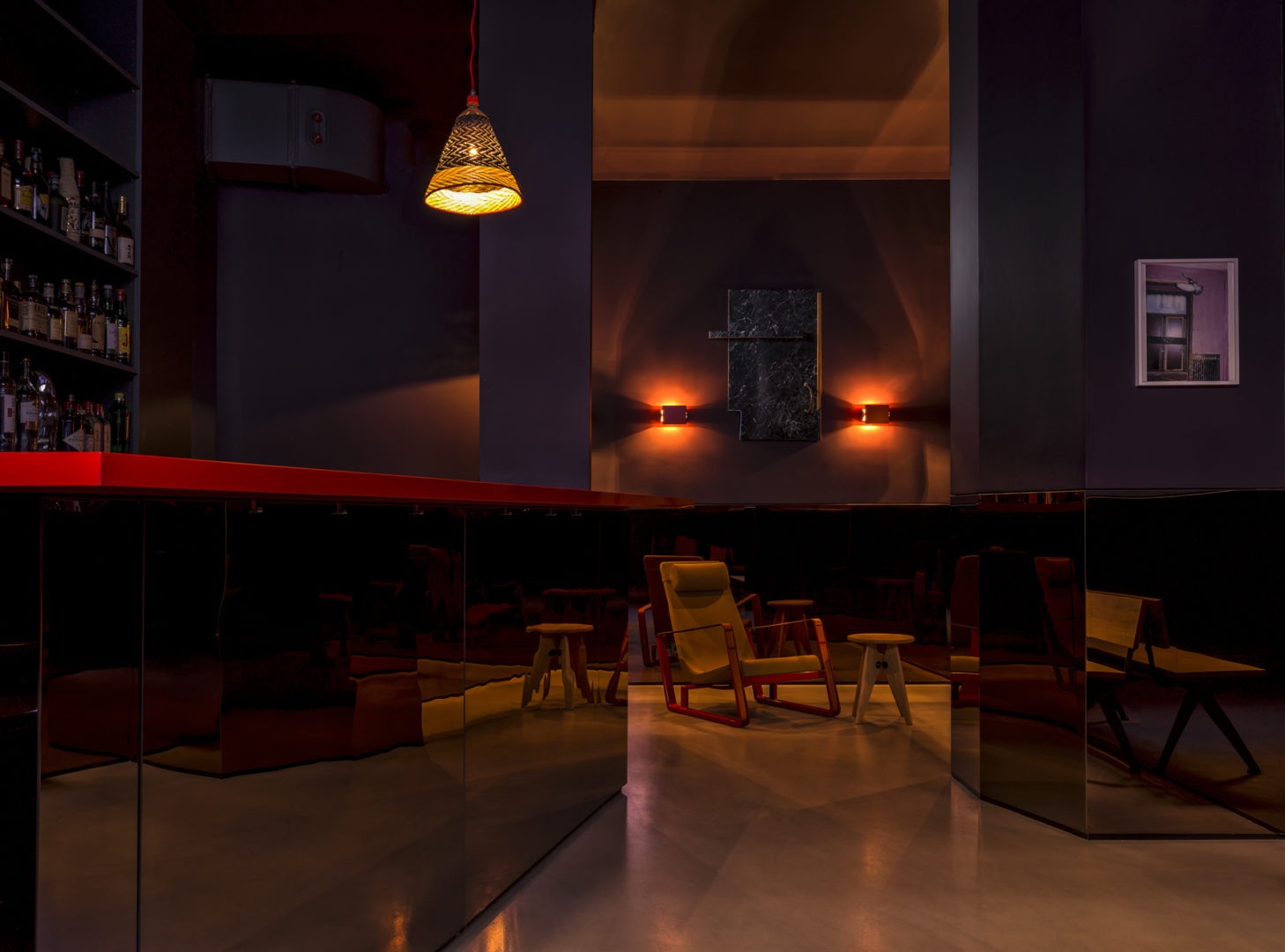
Since the middle of the noughties, the municipality has once again been promoting the residential area in the Bahnhofsviertel. Prostitution and drug use are now only tolerated in a manageable area around the northern part of Taunusstraße. ‘Since then a lot has changed’, says Ardinast. It is also a gain for gastronomy. The originators of the many new bars and restaurants have helped to tame the once wild area and co-design its development. ‘When so many extreme contrasts meet, a lot of energy is created. And their ideas couldn’t have been realised anywhere else. Or the friction would have been far less intense in other parts of the city.’
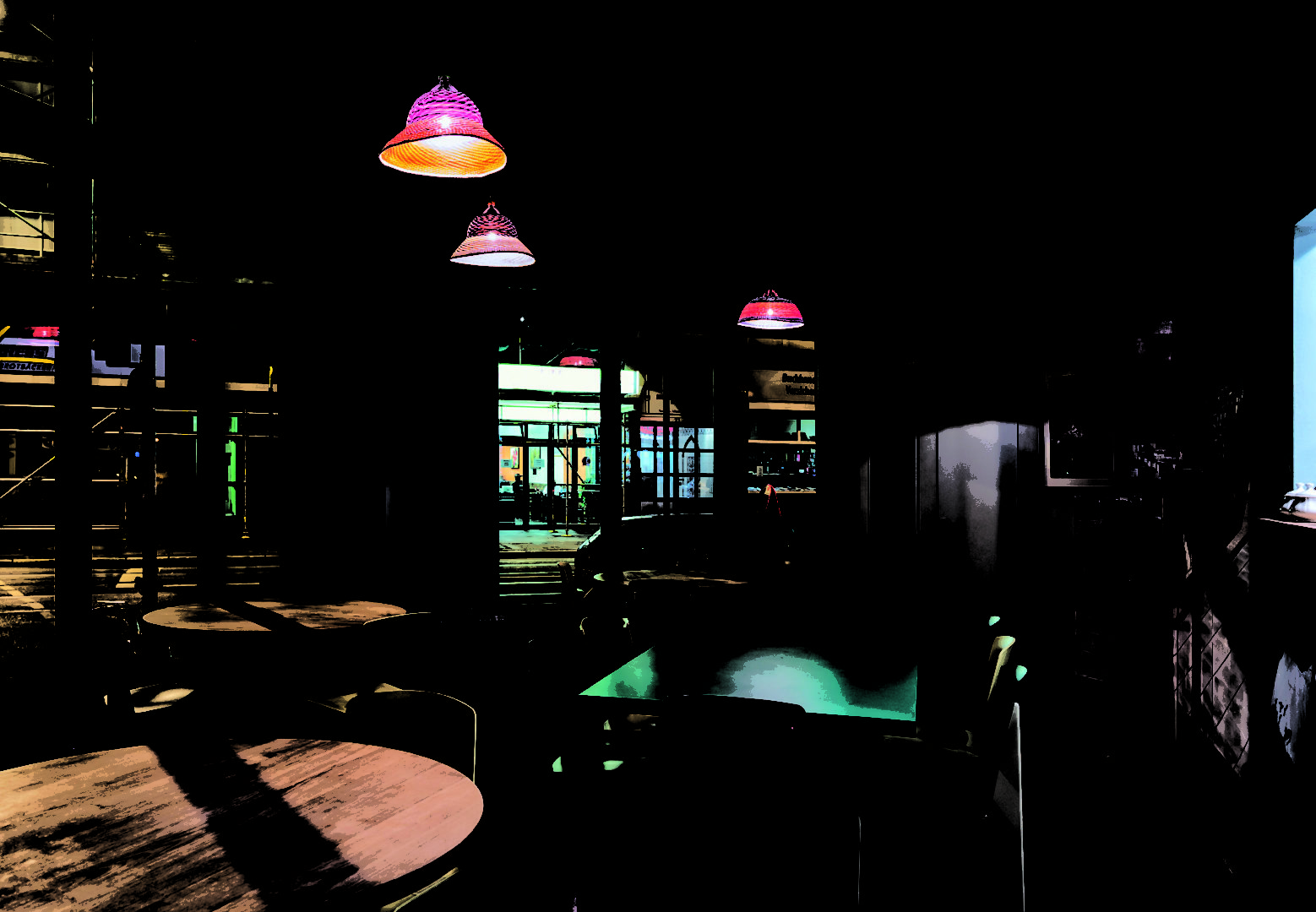
Münchener Straße and Kaiserstraße in particular, which run parallel to one another, have transformed into an exciting gastro-mile. Only a few street numbers separate the restaurants, takeaway stands and bars –and yet they span whole continents, with roots in India, New York, Korea, Africa, China and Istanbul. One of the most well known and popular addresses is Plank on the corner of Elbastraße and Münchener Straße. By day it is a cafe with great coffee and homemade cakes, and in the evenings it is a bar serving excellent drinks. Atanasios Christos Macias, also known as DJ Ata, and Sonja Schmid named it after the legendary sound engineer Conny Plank. The walls and floor are grey and the tube-like venue sports a minimalist design. Getting the best seats in the house in front of the floor-to-ceiling windows after 8pm is worth it, but definitely requires a bit of luck – or patience.
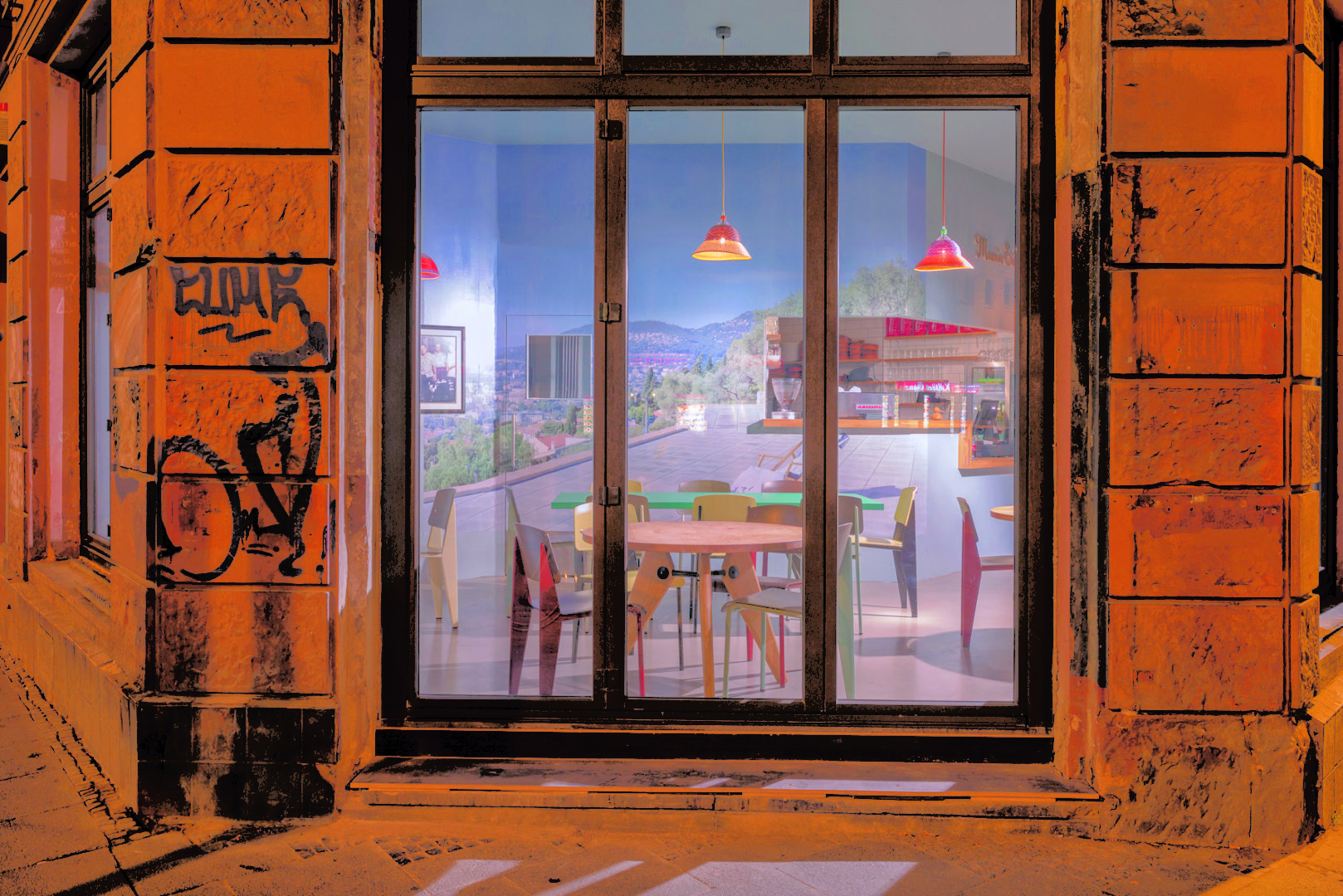
You can also continue a couple of buildings further along. At 18 Münchener Straße, the Ardinast brothers, in collaboration with a restaurateur from Berlin, have opened Germany’s first pastrami bar. The trio christened it Maxie Eisen, after the Chicago mafioso and rival to Al Capone. Aside from pastrami (cured and smoked beef brisket), you can find other American classics such as Cesar salad, chicken wings with blue cheese dip, and a range of cheesecake. In the evenings, Maxie Eisen offers sophisticated drinking culture. The sliding doors, closed during the day, open to reveal an elegant bar at which rare cocktail gems are shaken and stirred.
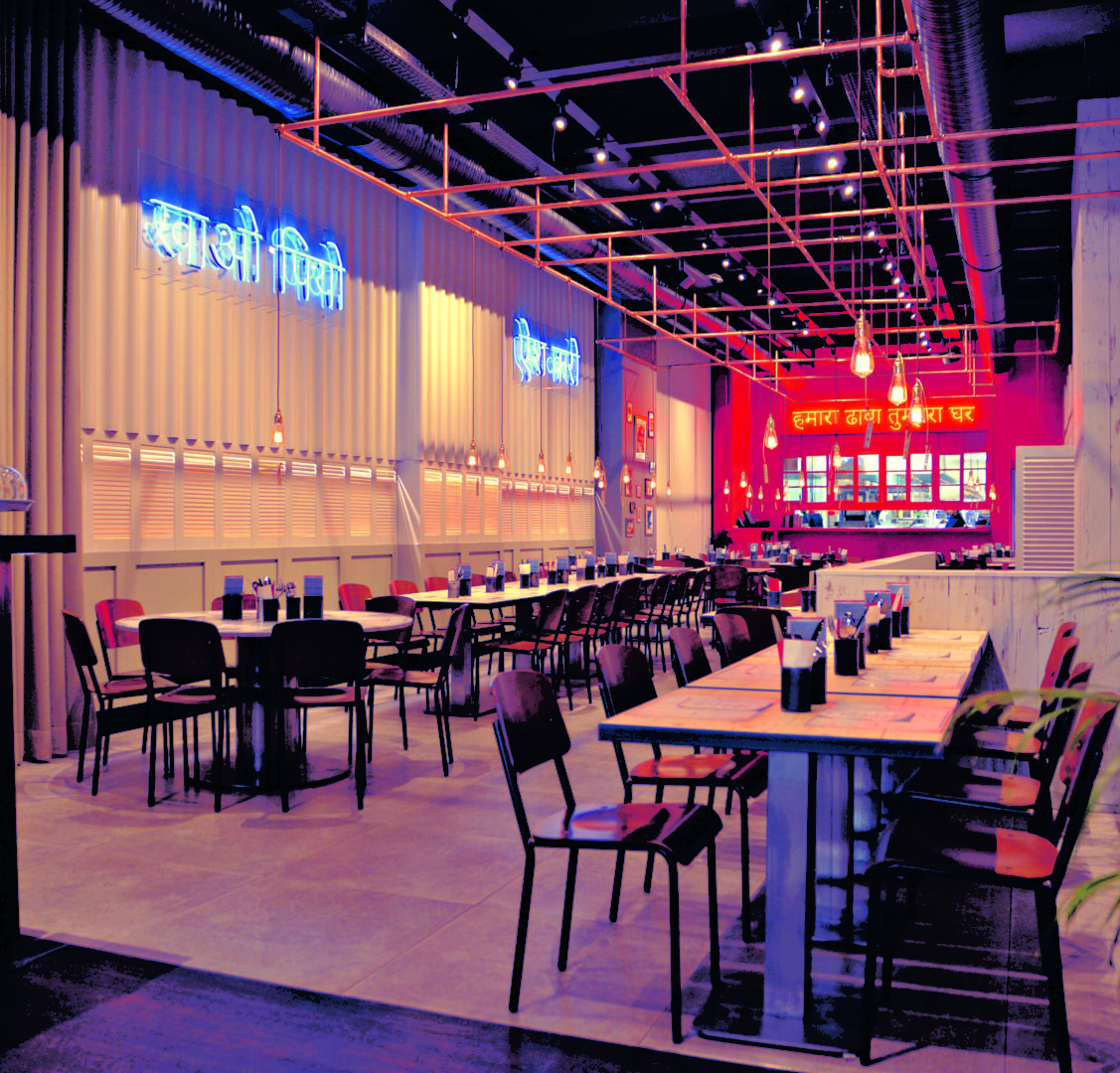
From the US east coast to South Asia: it only takes a couple of minutes in Frankfurt’s Bahnhofsviertel. Plunging into eatDoori in Kaiserstraße is like taking a short trip to India. From morning till night, the narrow restaurant smells like hot chai, spicy curries and chicken tikka from the tandoori oven. It has a street kitchen atmosphere with a modern twist, vibrant and stylish.
And for those who place an importance on eating healthy, fresh and balanced food, you’ll be best served at What the Food. Whether it be sandwiches, porridge, soups, smoothies, warm meals, vegan or vegetarian, everything is clearly labelled with exactly what’s inside. The restaurant’s almost 50 seats are well spread out, and here and there loud flashes of colour rub up against slick black-and-white styling.
The Bahnhofsviertel was anything but hip just a few years ago – you can forget that now.
You want to discover Frankfurt Bahnhofsviertel then you should definetly stay at one of our hotels in Frankfurt am Main.


